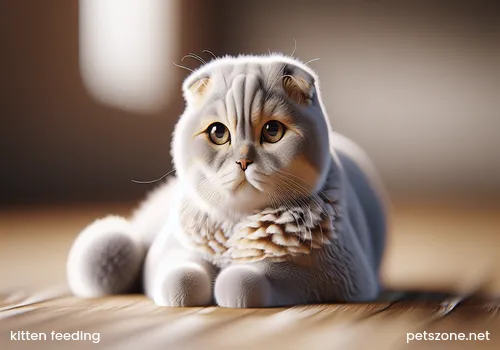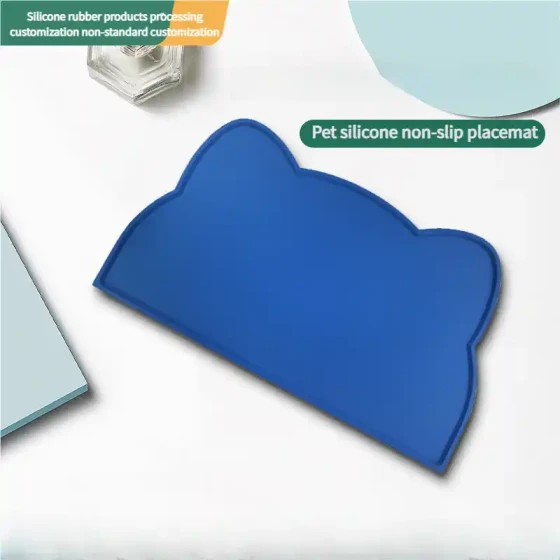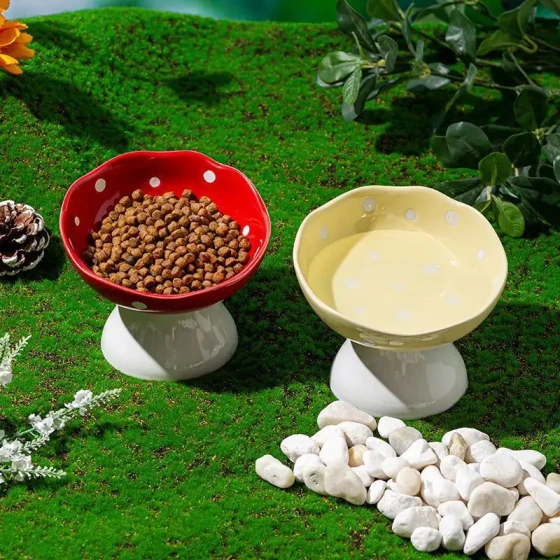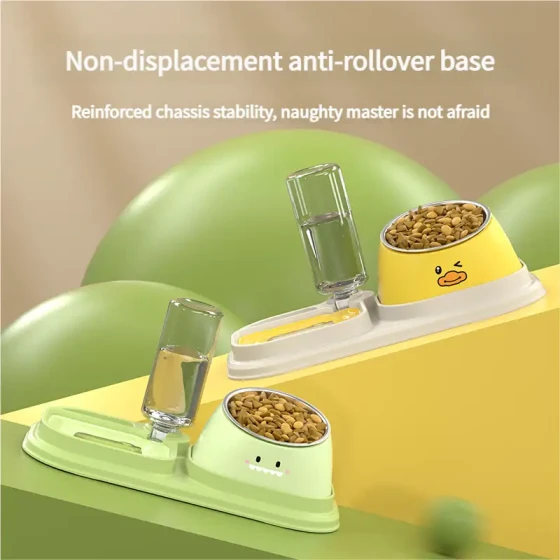At What Age Can Kittens Eat Cat Food_Scientific Feeding Best Time Guide for Kittens
Kittens usually begin to show interest in solid food at 3 to 4 weeks old. You can try introducing wet cat food or dry cat food softened with warm water. By 6 to 8 weeks of age, most kittens can fully transition to eating kitten food.
At What Age Can Kittens Eat Cat Food? Scientific Feeding Best Time Guide for Kittens

As a new pet parent, watching the fluffy little kitten grow day by day is an incredible joy! But when to start feeding them “proper” cat food worries many people. Don’t worry, today we will have a good chat about kittens eating cat food, so you can feed scientifically and raise your little one strong and healthy!
1. Kitten Growth Chronicle: Feeding Focus at Different Stages
Like human babies, kittens grow in stages, and each stage has different nutritional needs.
-
0-3 weeks old: Mother's milk is the "king"
For newborn kittens, the best food is the mother's milk. It contains abundant antibodies and comprehensive nutrition, serving as the “golden staple” for kittens to boost immunity and grow healthily. At this stage, if the mother cat produces enough milk, try to let kittens drink the milk. If the kitten is an orphan without a mother, specialized kitten milk formula should be used for artificial feeding. Never substitute with cow’s milk, as many cats cannot digest the lactose in cow’s milk, which can easily cause diarrhea.
-
3-4 weeks old: Curiosity exploding, starting to "taste" new food
At 3 to 4 weeks old, kittens become more active and curious about everything around them, and they may start showing interest in their mother’s food. At this time, their teeth start to emerge, and it’s time to introduce supplementary food.
2. Moving Toward Solid Food: Introduction of Wet Food and Softened Dry Food
At 3 to 4 weeks old, you can start trying to introduce solid food for kittens as a supplement to mother’s milk.
-
Start with wet cat food
Wet cat food is soft in texture and has a high moisture content, making it easier to digest and a good choice for kittens trying solid food for the first time. You can take a small amount of wet cat food, mix it with warm water or kitten milk powder into a mushy consistency, and put it on a shallow dish for kittens to lick. At first, they might play more than eat, which is normal. Just keep trying a few times.
-
Gradually introduce dry cat food
After the kittens adapt to wet cat food, around 5 to 6 weeks old, you can start to introduce dry kitten food. At first, soak the dry food in warm water or kitten milk powder to soften it into a mushy state, which helps kittens chew and digest. Gradually reduce the water content as they adapt, increasing the proportion of dry food until they can eat dry food completely.
3. Complete Weaning and Choosing Kitten Food
Typically, kittens can be fully weaned and start relying mainly on kitten food for nutrition at 6 to 8 weeks old. Some kittens may take a little longer, depending on individual differences and whether they were naturally weaned by the mother cat.
Why must they eat kitten food?
Kittens are in a rapid growth phase and have a strong "dry food" capacity. Their bodies require large amounts of protein, fat, vitamins, and minerals to support the development of bones, muscles, and the immune system. Kitten food is specially designed to meet these unique nutritional needs, usually containing higher energy and more balanced nutrient proportions. Adult cat food is formulated based on the needs of adult cats; feeding it to kittens may lead to nutritional deficiencies and affect their development.
Kitten food “little radar” for selection
- Check the formula: Prioritize kitten food with high meat protein content and natural, clear ingredients.
- Check reputation: Look at reviews from other pet owners and choose brands with a good reputation.
- Trial with small packages: Every kitten has different tastes, so you can buy small packages for testing to see if your pet likes it.
- Particle size: Choose dry food with particle sizes suitable for kittens to chew to avoid damaging their delicate teeth and digestive systems.
4. Tips for Smooth Food Transition
Changing food for kittens is like adults changing dietary habits — do not “slam the brakes.” You need to take it slowly to give their digestive system time to adapt, avoiding indigestion, vomiting, or diarrhea.
-
Seven-day food transition method: This is a commonly used approach.
- Days 1-2: Mix new food with old food in a 1:4 ratio.
- Days 3-4: Increase the proportion of new food to half and half.
- Days 5-6: New food makes up 3/4, old food 1/4.
- Day 7 and beyond: If the kitten adapts well, the new food can fully replace the old food.
-
Observe kitten’s reaction: Closely watch their appetite, energy levels, and stool condition during the transition. If soft stools, diarrhea, or loss of appetite occur, it might mean the new food does not suit them. Slow down the transition or consult a veterinarian.
5. Feeding Details Are Also Important
- Small frequent meals: Kittens have small stomachs and require several small meals daily, 3-4 times a day or as recommended on cat food packaging.
- Keep food fresh: Kitten food should stay fresh, especially in hot weather, as wet food and softened dry food spoil faster. Replace food timely.
- Adequate water: Always provide clean, fresh drinking water alongside dry food. Water is vital for digestion and health.
- Do not feed human food: Many human foods are harmful to cats, such as chocolate, onions, garlic, etc. Never feed kittens randomly.
Common Questions and Answers
-
Q: My kitten is 4 weeks old, can it eat dry food directly?
A: At 4 weeks, the kitten’s digestive system is still delicate, and teeth are not fully developed. Direct dry food feeding is not recommended. It’s best to start with wet food or dry food softened with warm water or kitten milk powder and transition gradually. -
Q: Can kittens eat adult cat food?
A: No. Kittens and adult cats have different nutritional needs. Kitten food contains higher energy and specific nutrients suitable for growth. Feeding adult cat food to kittens may cause malnutrition. -
Q: After weaning, can kittens drink cow’s milk?
A: Most adult cats lose the ability to digest lactose in cow’s milk, which can cause diarrhea. After weaning, kittens should mainly rely on kitten food for nutrition and do not need milk anymore. -
Q: How do I know if my kitten is full?
A: Observe if the kitten wants to continue eating and if they rest or play contentedly after eating. Kittens in rapid growth usually have a healthy appetite and will self-regulate intake if given enough kitten food. If concerned about the amount fed, refer to package recommendations and monitor weight gain.
In summary, scientifically feeding kittens, patiently guiding them from mother’s milk to solid food, choosing the right kitten food, and paying attention to feeding details will help your little cutie grow up healthy and happy, becoming a lively "food king"!



